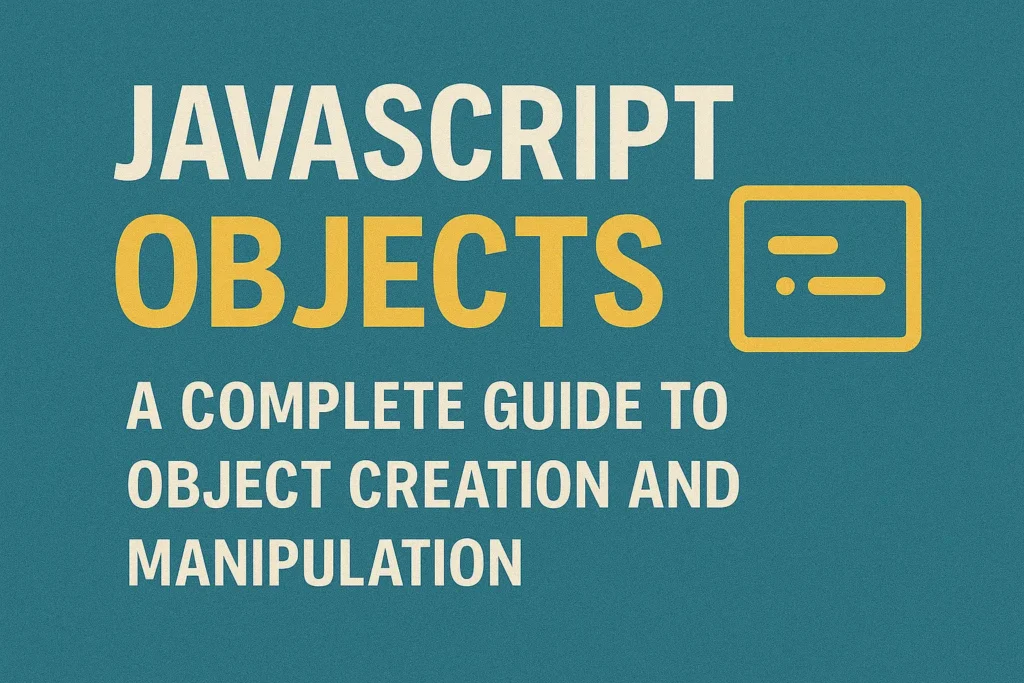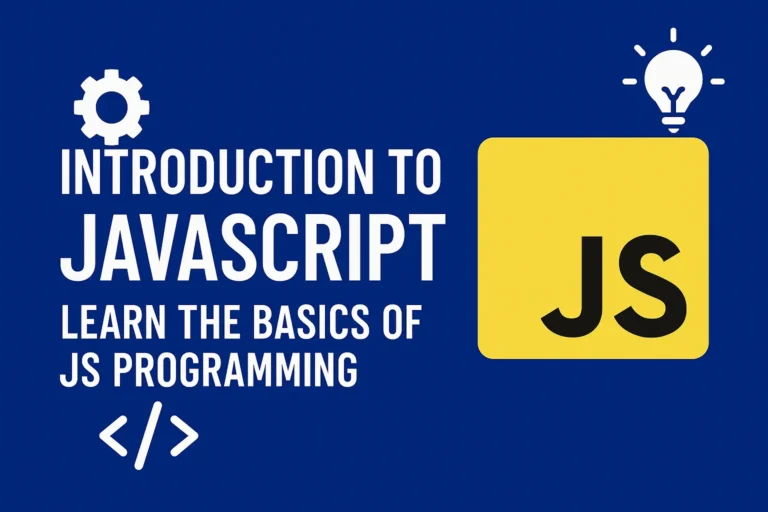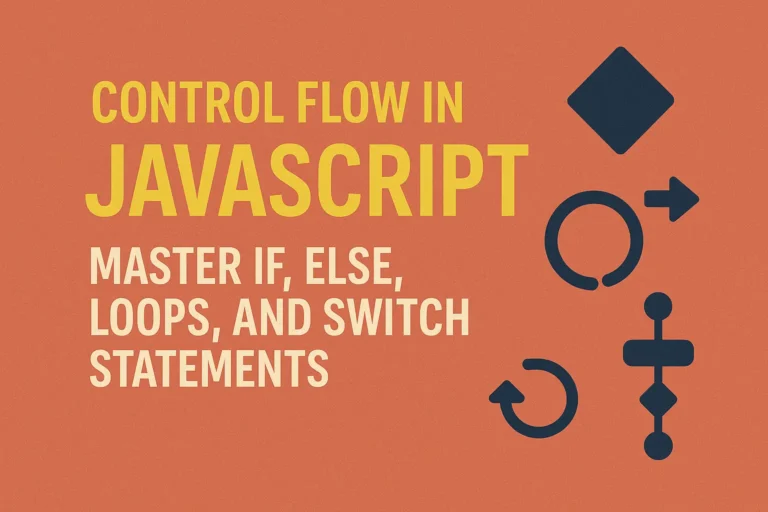Understanding how to create and manipulate objects is fundamental to mastering OOP. In this comprehensive guide, we’ll delve into the principles of working with objects, explore various techniques for creating them, and demonstrate how to manipulate their properties and behaviors effectively.
Understanding Objects
Before diving into the creation and manipulation of objects, it’s essential to grasp the fundamentals of what objects are and how they function within the context of OOP. An object is an instance of a class, which serves as a blueprint for creating objects with similar characteristics and behaviors. Each object has attributes (also known as properties or fields) that represent its state and methods (also known as functions or procedures) that define its behavior.
In JavaScript, one of the most widely used programming languages, objects are pervasive. Let’s start by creating a simple object using JavaScript:
// Creating an object using object literal syntax
let person = {
name: "John",
age: 30,
greet: function() {
console.log("Hello, my name is " + this.name + " and I am " + this.age + " years old.");
}
};
// Accessing object properties and invoking methods
console.log(person.name); // Output: John
console.log(person.age); // Output: 30
person.greet(); // Output: Hello, my name is John and I am 30 years old.
In the above example, we’ve created an object person with attributes name and age, along with a method greet that logs a greeting message containing the person’s name and age.
Creating Objects
There are multiple ways to create objects in programming languages that support OOP. Apart from object literals as shown above, you can also create objects using constructor functions, classes, or factory functions, depending on the language you’re working with.
In JavaScript, constructor functions are a traditional way to create objects:
// Creating objects using constructor functions
function Person(name, age) {
this.name = name;
this.age = age;
this.greet = function() {
console.log("Hello, my name is " + this.name + " and I am " + this.age + " years old.");
};
}
// Creating new instances of Person
let person1 = new Person("Alice", 25);
let person2 = new Person("Bob", 35);
person1.greet(); // Output: Hello, my name is Alice and I am 25 years old.
person2.greet(); // Output: Hello, my name is Bob and I am 35 years old.
In this example, Person is a constructor function used to create new Person objects. Each Person object has its own name, age, and greet method.
Manipulating Objects
Once objects are created, you may need to manipulate their properties or invoke their methods based on specific requirements. Manipulating objects involves accessing and modifying their attributes, as well as invoking their methods to perform certain actions.
Continuing with our JavaScript example, let’s see how we can manipulate object properties:
// Modifying object properties
person.name = "Alice";
person.age = 25;
// Accessing and modifying properties through methods
person.greet(); // Output: Hello, my name is Alice and I am 25 years old.
// Adding new properties and methods
person.location = "New York";
person.sayLocation = function() {
console.log("I am currently in " + this.location);
};
person.sayLocation(); // Output: I am currently in New York
In the above code snippet, we’ve modified the name and age properties of the person object, added new properties location, and sayLocation method dynamically.
Conclusion
Mastering the creation and manipulation of objects is essential for becoming proficient in object-oriented programming. By understanding the principles behind objects and employing various techniques for their creation and manipulation, developers can build robust and scalable software systems. Whether you’re working with JavaScript, Python, Java, or any other OOP-supported language, the concepts discussed in this guide will serve as a solid foundation for your programming journey. Keep exploring, experimenting, and refining your skills to unlock the full potential of object-oriented programming.






